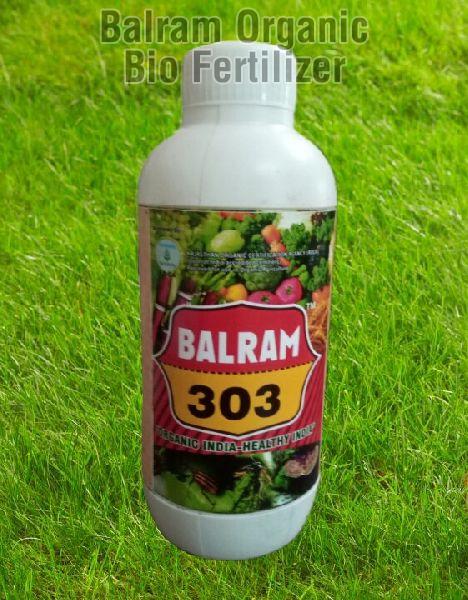

However, the shorter persistence of bio pesticides can be considered a quality as it reduces their environmental risk, but this often results in the more frequent pulverization of those products to maintain an acceptable level of control. Although there is limited information on the research in this area, due to concurrent issues, recent studies have permitted the emergence of (i) new formulations (Townsend et al., 2004 Hunter, 2010) (ii) formulations with precise time or location delivery (Lacey, 2007 Nuyttens et al., 2009), and (iii) formulations helping with long activity persistence (Kohl et al., 1998). Formulation technologies have been used to improve the number of commercial biological control products, the delivery, the shelf life and the field efficacy of bio-pesticides by adding various compounds to the active agents (Leggett et al., 2011 Ravensberg, 2011). Indeed, these products are generally more sensitive to variations in temperature, humidity or light radiation than are their synthetic counterparts.

One of the major issues in bio-pesticide development is their lack of robustness and the high-tech level that is necessary for their utilization (Ravensberg, 2011). The panel of biological agents that are available on the market is gradually increasing and should continue to increase over the next few years due to their variety (not only microorganisms but also predators and parasites). Currently, the apparition of new biological control agents, such as beneficial insects, viruses and entomopathogenic fungi, has lowered the prevalence of Bt, which still represents more than 60% of the bio-pesticide market. In the 1990s, products based on Bacillus thuringiensis ( Bt) accounted for 95% of the global microbial insecticide market. For all crop types, bacterial bio-pesticides represent 74% of the market, fungal bio-pesticides represent approximately 10%, viral bio-pesticides 5%, predator bio-pesticides 8% and other bio-pesticides 3% (Thakore, 2006). In the same period, the market size of synthetic pesticides decreased by 1.5% (Tanwar et al., 2012).

The market size of bio-pesticides increased 9.9% between 20. To date, the price of bio-pesticides is still high because of their low market share compared to the chemical compounds. Bio-pesticides fit this definition, and in recent years, pesticide firms have invested significantly in companies producing bio-pesticides.īio-pesticides have a reputation of being very expensive and often not reliable. Modern agriculture is changing it tends to spread less pesticide and generally use more-selective and less-polluting products. The awareness of secondary effects of pesticide use on the environment and human health is currently causing a green revolution. This analysis highlights the specific properties of bio-insecticides that the scientific community should use to provide a better sustainability of these products. The resistance mechanisms are at least as diverse as those that are involved in resistance to chemical insecticides, some of them being common to bio-insecticides and chemical insecticides. For example, at least 27 species of insects have been described as resistant to Bacillus thuringiensis toxins. This overview shows that all widely used bio-insecticides ultimately select resistant individuals. In this review, we compile cases of resistance to widely used bio-insecticides and describe the associated resistance mechanisms. However, a good knowledge of the limitations of a new technique often provides greater sustainability. Resistances to conventional insecticides are wide spread, while those to bio-insecticides have raised less attention, and resistance management is frequently neglected. After more than 70 years of chemical pesticide use, modern agriculture is increasingly using biological control products.


 0 kommentar(er)
0 kommentar(er)
